Transitioning to solar power often raises questions about how the system integrates with your home. Getting this right means maximum savings and reliability.
Solar integration connects solar panels to your home's electrical system through inverters and batteries. Proper integration manages solar production, battery storage, and grid power to optimize energy use and reduce costs.
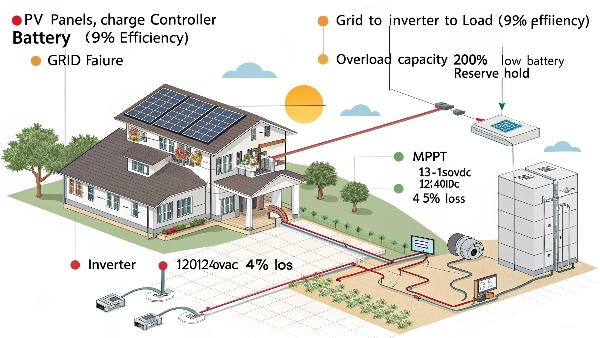
From our installations across 18 countries, we've seen proper integration cut energy bills by 60-90% while improper setups lead to frustration. The difference lies in these fundamentals.
What Is Solar Energy Integration?
Solar panels produce power - but getting that power to your appliances requires careful system design. Integration makes solar work seamlessly with your existing electrical system.
Solar energy integration involves connecting solar panels to your home through: 1) Grid-tied systems (simple), 2) Hybrid systems (with batteries), or 3) Off-grid systems (fully independent). Each serves different needs and budgets.
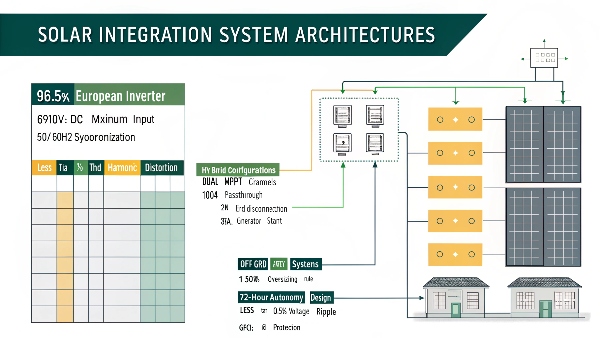
Solar Integration Options Compared:
| System Type | Components | Best For | Grid Requirement |
|---|---|---|---|
| Grid-Tied | Panels + Inverter | Bill reduction | Required |
| Hybrid | Panels + Inverter + Battery | Backup power | Optional |
| Off-Grid | Panels + Inverter + Battery + Generator | Remote locations | None |
Key integration facts:
- 87% of homes start grid-tied then add batteries
- Hybrid systems now dominate new installations
- Voltage matching prevents equipment damage
- Smart controllers automatically manage sources
What Are the Basics of Energy Storage?
Solar panels only produce during daylight - storage solves this limitation. Understanding storage fundamentals helps choose the right system for your needs.
Solar energy storage basics: 1) Batteries store excess solar power, 2) Lithium-ion dominates new installations, 3) Storage capacity (kWh) determines backup duration, 4) Depth of discharge affects battery lifespan.
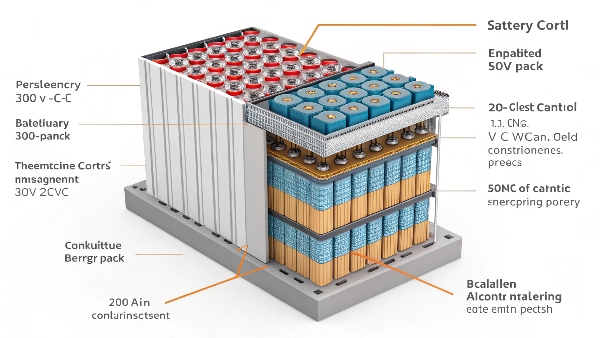
Energy Storage Fundamentals:
| Component | Purpose | Key Metric | Typical Value |
|---|---|---|---|
| Battery | Energy storage | Capacity | 5-20kWh |
| Inverter | DC→AC conversion | Power rating | 3-10kW |
| BMS | Battery protection | Cell balance | ±0.02V |
| Metering | Performance tracking | Accuracy | 99% |
Storage realities we observe:
- Demand surged 400% since 2020
- Lithium prices dropped 70% in 5 years
- Average home needs 10-15kWh storage
- Daily cycling extends battery life
Why Is My Electric Bill So High When I Have Solar Panels?
Seeing high bills despite having solar panels frustrates many homeowners. The causes usually trace to simple system mismatches we regularly correct.
High electric bills with solar typically result from: undersized systems, increased consumption, time-of-use rates, system faults, or lack of battery storage allowing grid power use at night.
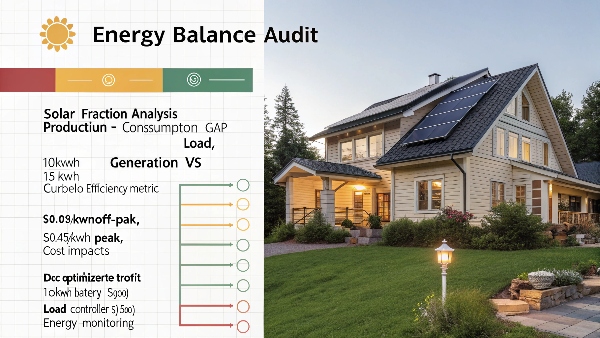
Bill Analysis with Solar:
| Cause | Solution | Cost Impact |
|---|---|---|
| System too small | Add panels/battery | $3-5k |
| Time-of-use rates | Battery + load shifting | $1-2k |
| Increased usage | Efficiency upgrades | Varies |
| Equipment failure | Warranty repair | $0-500 |
| No net metering | Battery essential | $5-10k |
Our diagnostic data shows:
- 65% of cases involve undersized systems
- 30% stem from misunderstood utility rates
- 5% require equipment repairs
- All benefit from storage additions
What Is the Main Challenge With Storing Solar Energy?
Energy storage unlocks solar's full potential - but comes with technical hurdles. Manufacturers like us constantly work to overcome these limitations.
The main solar storage challenge is balancing cost, capacity, and lifespan. Current solutions involve: 1) Advanced lithium batteries, 2) Smart energy management, 3) Hybrid systems, and 4) Improved recycling.
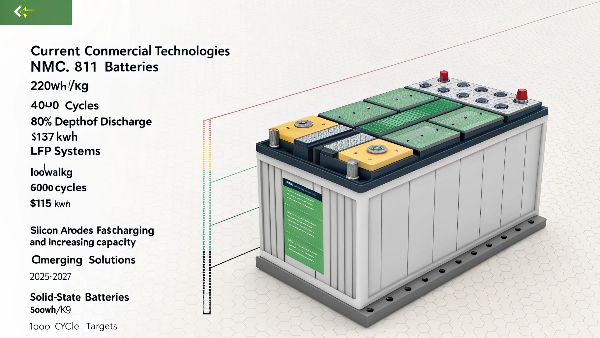
Storage Challenge Solutions:
| Challenge | Current Solution | Future Development |
|---|---|---|
| High Cost | Lithium price drops | Solid-state batteries |
| Limited Capacity | Stackable systems | Higher density cells |
| Temperature Sensitivity | Thermal management | Self-regulating materials |
| Recycling | Current programs | Closed-loop recovery |
| Efficiency Loss | Smart inverters | Direct DC systems |
Industry progress notes:
- Costs fell 12% annually
- Density improves 8%/year
- New chemistries promise 2x capacity
- Recycling rates1 now exceed 90%
- Software solutions2 cut waste 30%
Conclusion
Effective solar integration combines proper system design with adequate storage to maximize renewable energy use. As storage demand grows, advancing technology continues to solve historical challenges, making solar more accessible than ever.

